Cellular turnover! The phrase alone seems overwhelming and that’s before you delve into the science of the biological process your skin is busy with every single day. But we don’t like to overcomplicate things at Go-To, we just really like to glow. Seriously, we never shut up about it. Lucky then that we get to dip into the world of cell turnover and the results are brighter, glowier skin for all.
“We need a healthy cellular turnover rate to ensure healthy skin,” says Dermal Therapist and Skin Care Magician, Yadira Cauchi. “When it's too slow, or we aren't exfoliating enough our skin can look dull and can even lead to signs of ageing like fine lines and, of course, acne, as dead skin cells can become trapped and block the excretion of p. acne bacteria (Cutibacterium acnes, a type of bacterium linked to acne) and sebum that are produced within the skin that can also lead to blackheads or pimples.”
Of course, cellular turnover slows as we age and pesky skin concerns like dullness and loss of firmness and elasticity increase but not all hope is lost as knowing how to boost cell turnover can do wonders for your complexion at any age. Here’s a guide to doing just that:
How does cellular turnover work?
“It is [called] the keratinocyte life cycle,” says Dr Shyamalar Gunatheesan, Founding Dermatologist at ODE Dermatology (Melbourne). “Where the skin cell starts out in the basal layer and progressively matures and works itself upwards until it gets to the topmost layer of our epidermis called the stratum corneum—all these layers make up the thickness of a piece of paper!”
“It’s a constant cycle,” Yadira explains, noting that for adults between 20-30 the average cycle takes approximately 28 days and in that time “new, healthy skin cells are building beneath the surface of the skin to replace matured ones that eventually shed off.”
Those matured cells are what we often refer to as dead skin cells which become dry, rough and flaky and have a habit of causing uneven texture, tone and congestion in the skin.
Why is it important to be conscious of this cycle?
“We need to respect this intricate, well-programmed biological wizardry!” says Dr Shyamalar. “Each stage of development is a result of cell to cell cross talk and signalling. The main aim of optimising and maintaining this cell turnover is to feed it with the right nutrients intrinsically and extrinsically.”
How does this cycle change as we age?
“The cell cycle elongates and rate cell turnover decreases resulting in dryness, wrinkling and loss of luminosity,” Dr Shyamalar explains. Put simply, our cell turnover rates begin to take longer as we age, going from approximately 14-20 days in our teens to 60+ days in our 60s and beyond.
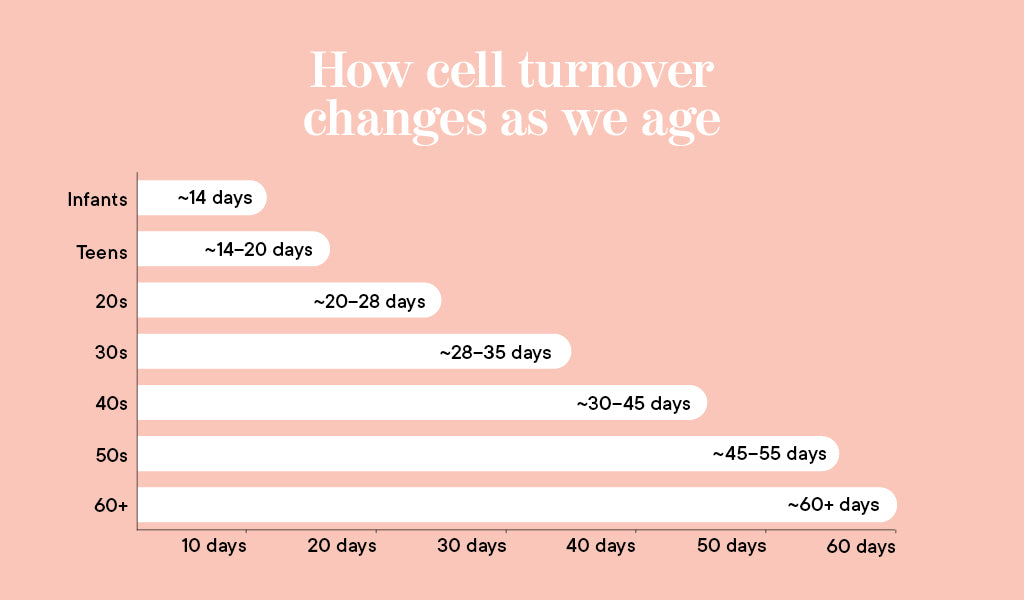
How do I encourage cell turnover?
You can safely boost cell turnover with a few key products and tweaks to your skin care routine, but be warned: overdoing it can cause more harm than good. Find a happy medium and stick to it but be conscious that as you age you will need to keep adjusting your regimen.
“Add a chemical exfoliant like an AHA (glycolic is great, or lactic if you're sensitive) or BHA (salicylic acid, ideal for acneic or congested skin) into your skincare routine,” Yadira explains, noting the chemical exfoliant you chose should depend on your skin concerns/type. “Use fruit enzymes (think: papaya, pineapple, grapefruit), book yourself in for professional peels and add a retinoid into your routine.”
Just be sure not to go overboard with exfoliation when chasing that glow, warns Dr Shyamalar, as a damaged skin barrier can set you back. “Avoid over-exfoliating and overwhelming the skin barrier as this will impair the tightly regulated skin homeostasis.”
If you’re set on boosting your cell turnover, complement your routine by amping up your line-up of nourishers and hydrators; in other words, reach for serums and oils rich in vitamins, antioxidants and essential fatty acids to maintain your glow and feed skin. Look for nourishing plant and nut oils, hyaluronic acid or niacinamide-based serums and masks and moisturisers rich in occlusives like shea butter.
Oh, and be religious with your sunscreen application as skin is more sensitive to UV rays when it's being slathered in AHAs, BHAs and retinoids.
What slows down cell turnover?
All those bad guys we never stop blathering about: sun exposure, pollution, stress and smoking. Be sure to minimise your exposure to these pests (easier said than done, we know), says Yadira and seriously, for the love of clear, healthy skin, put an SPF on.


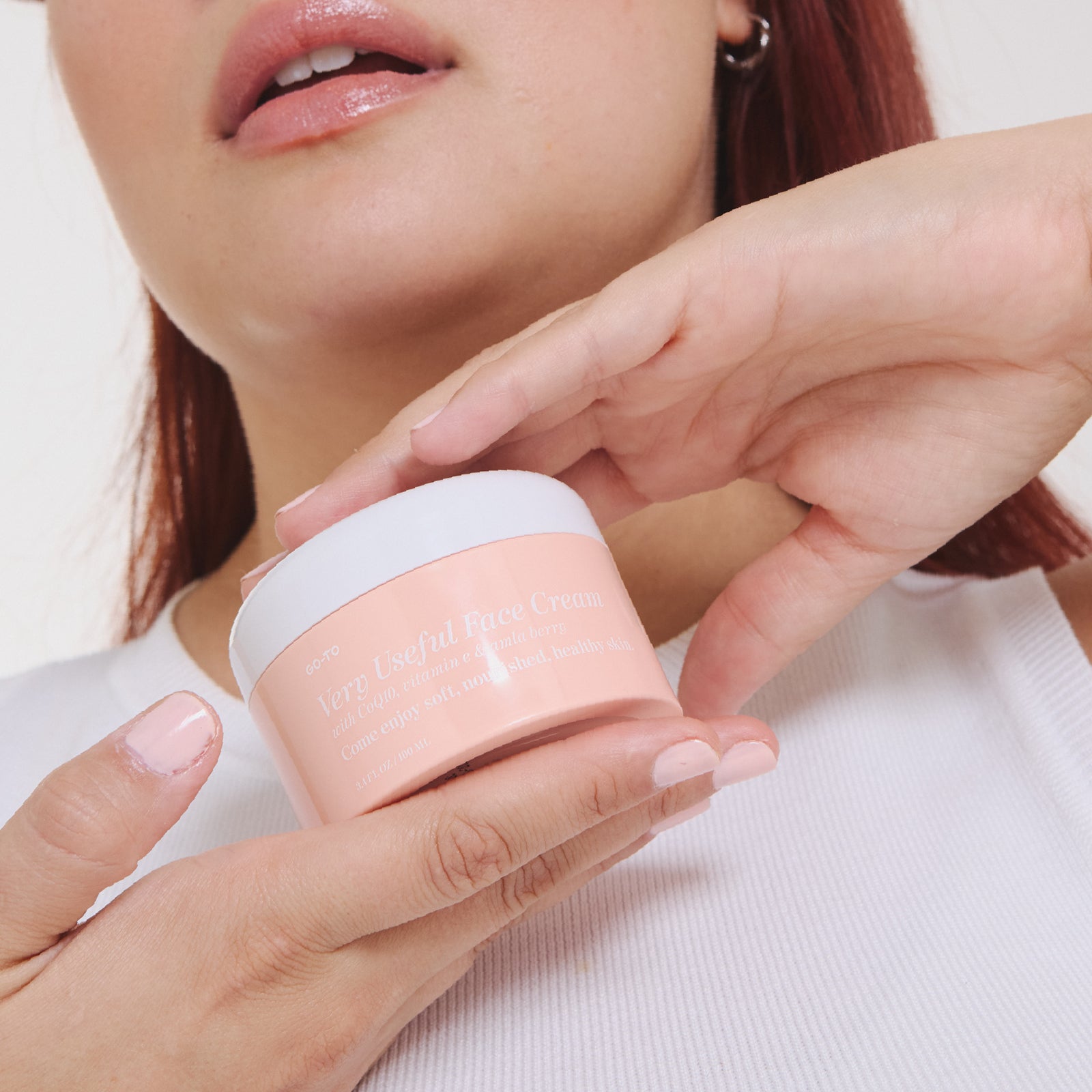

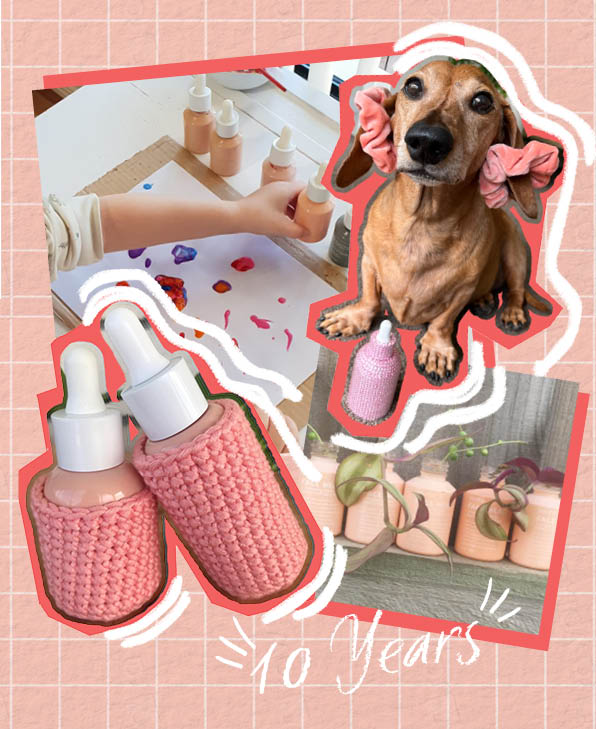

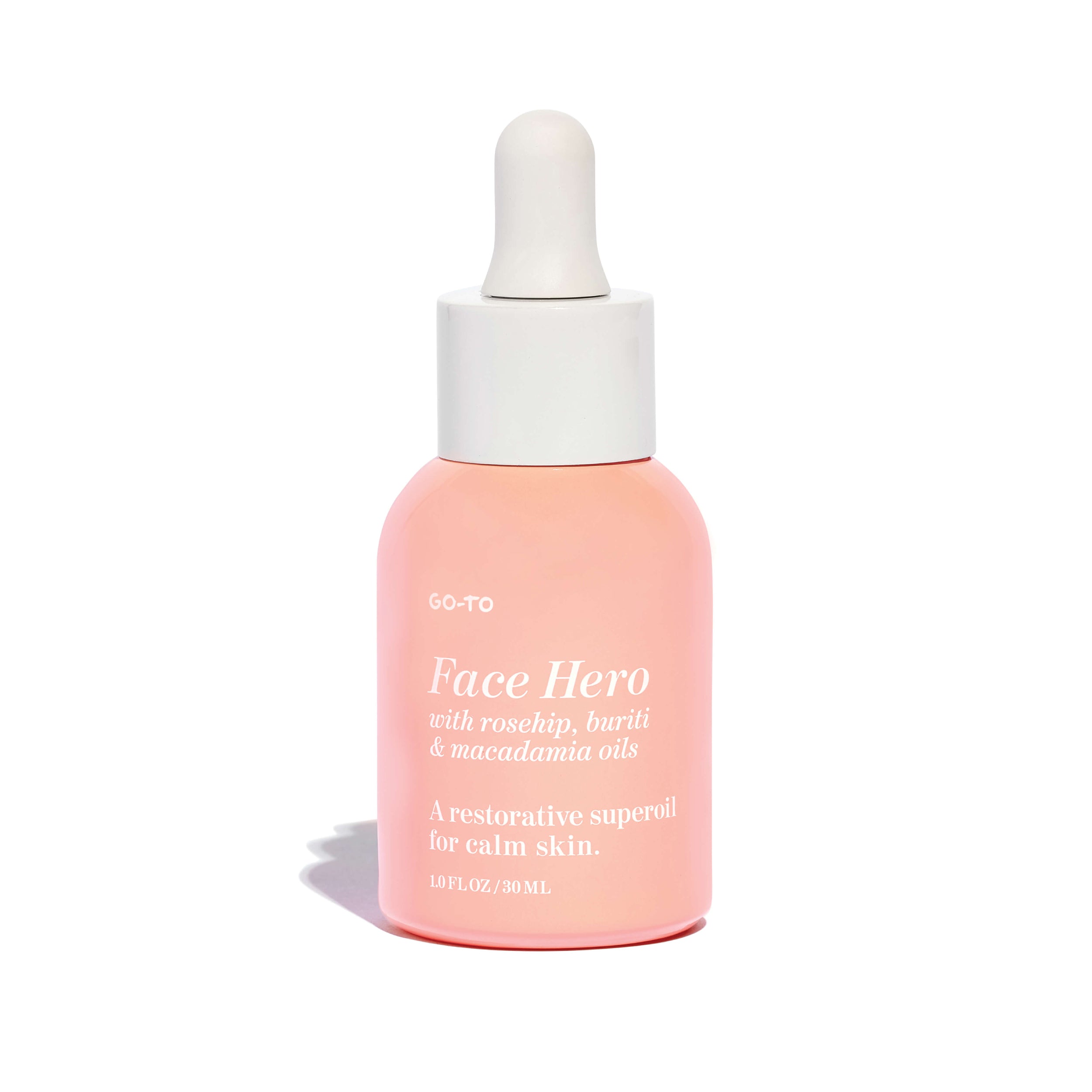
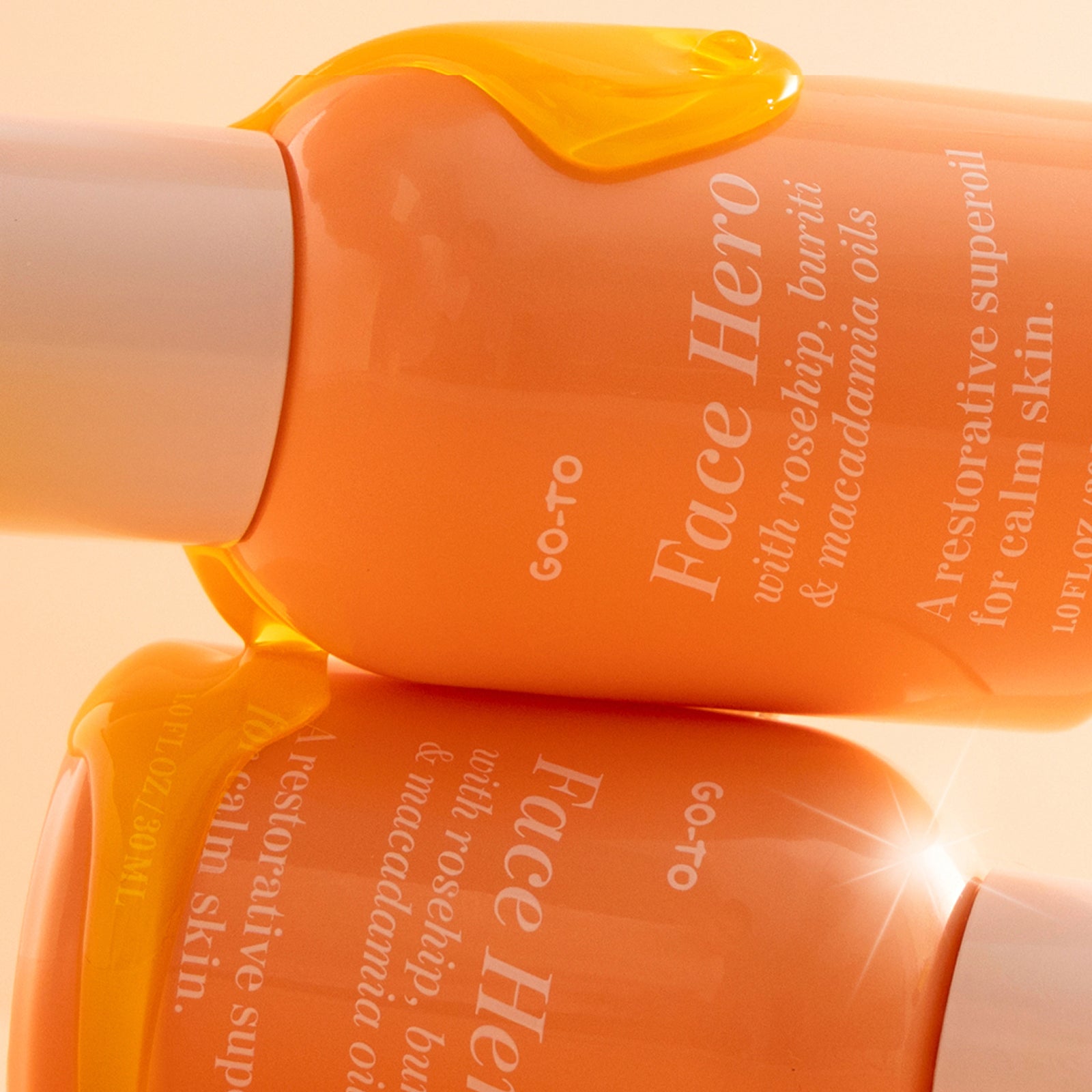
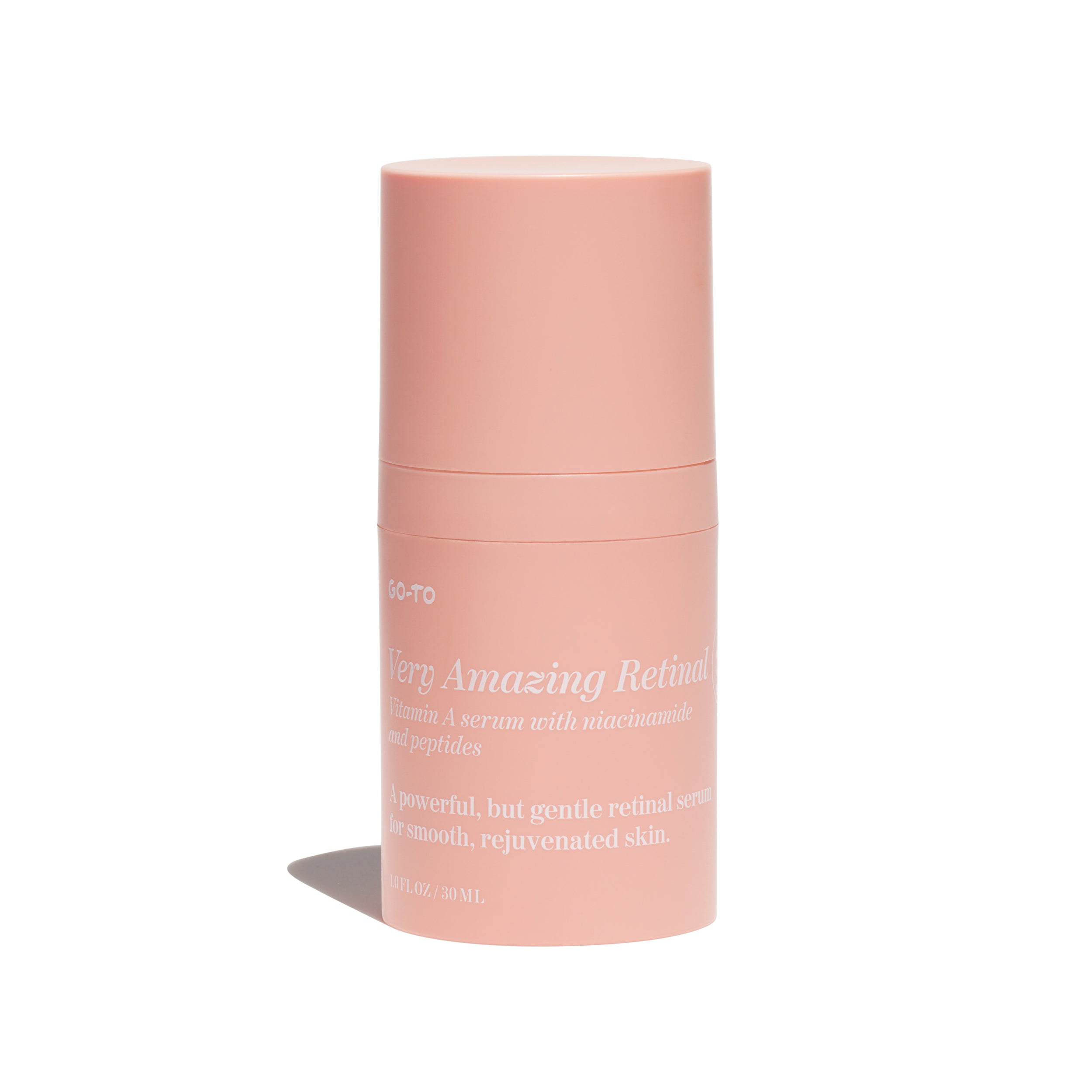


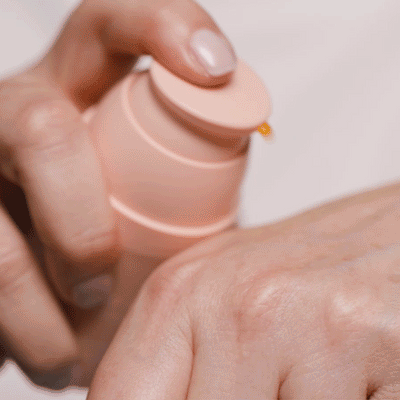



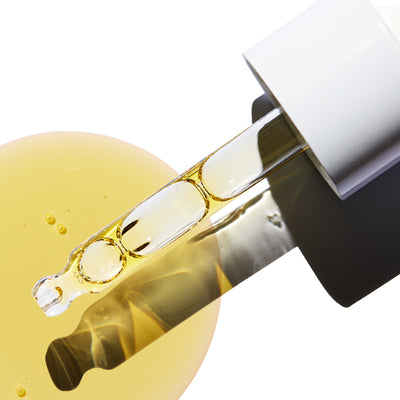
Comments